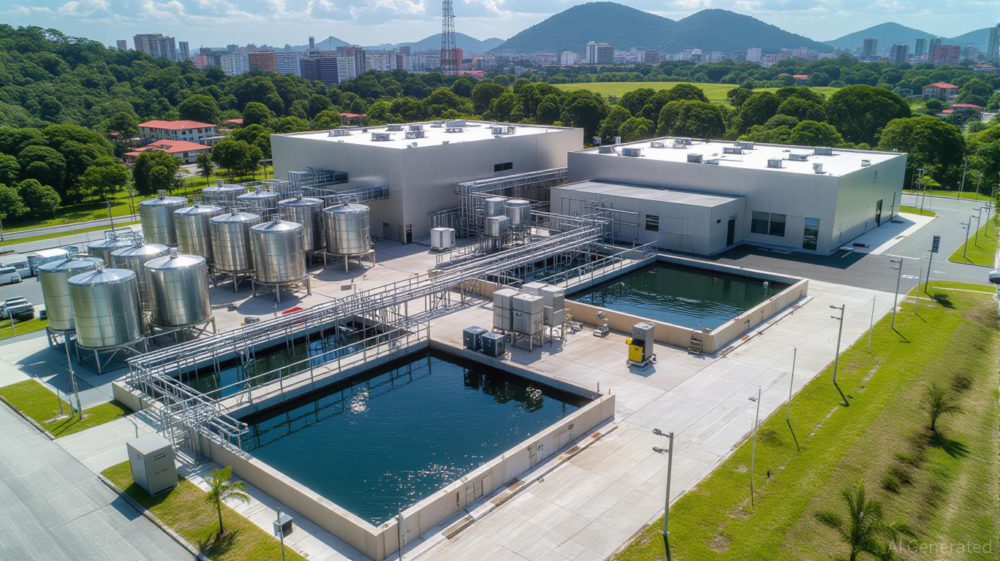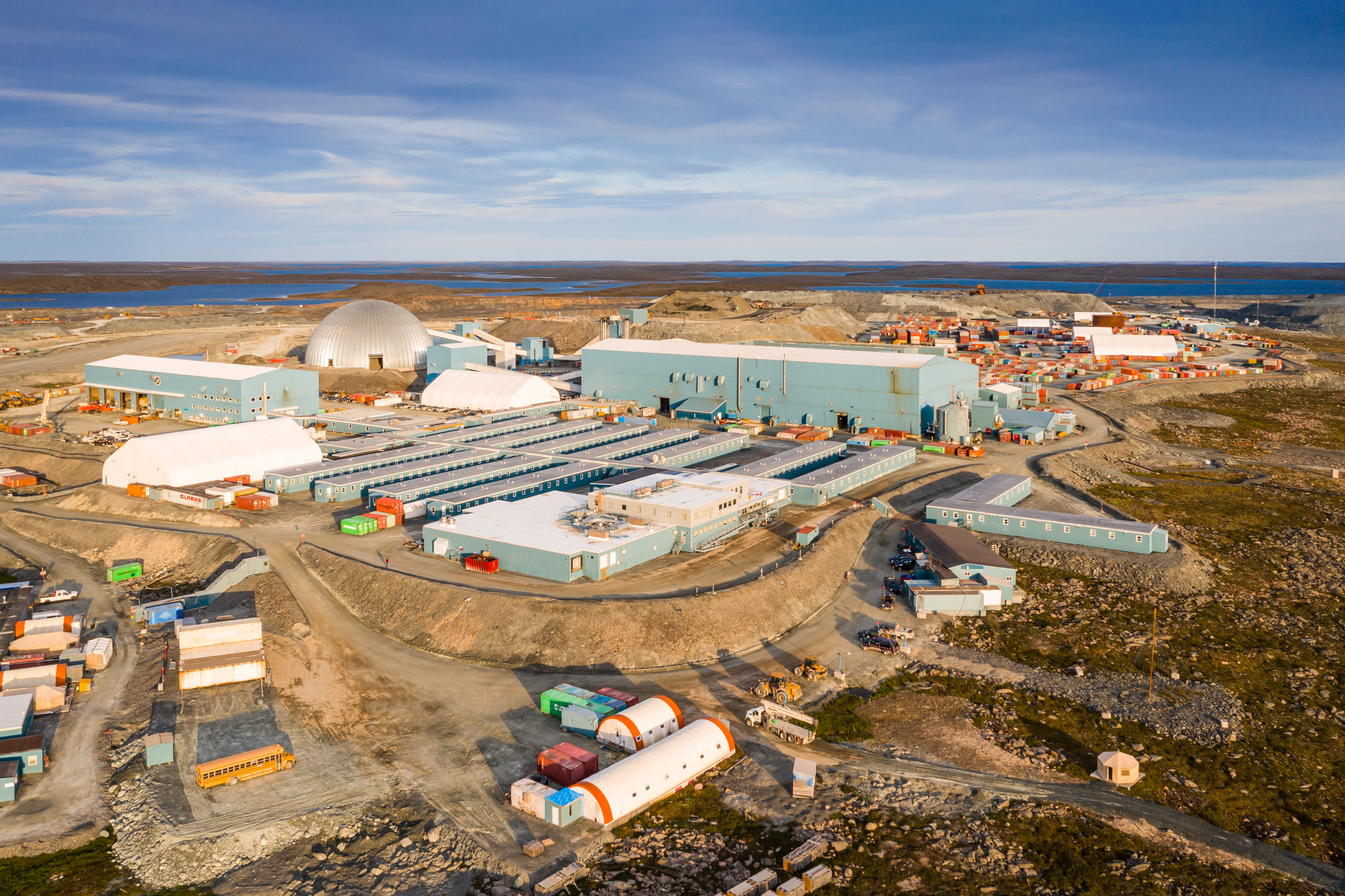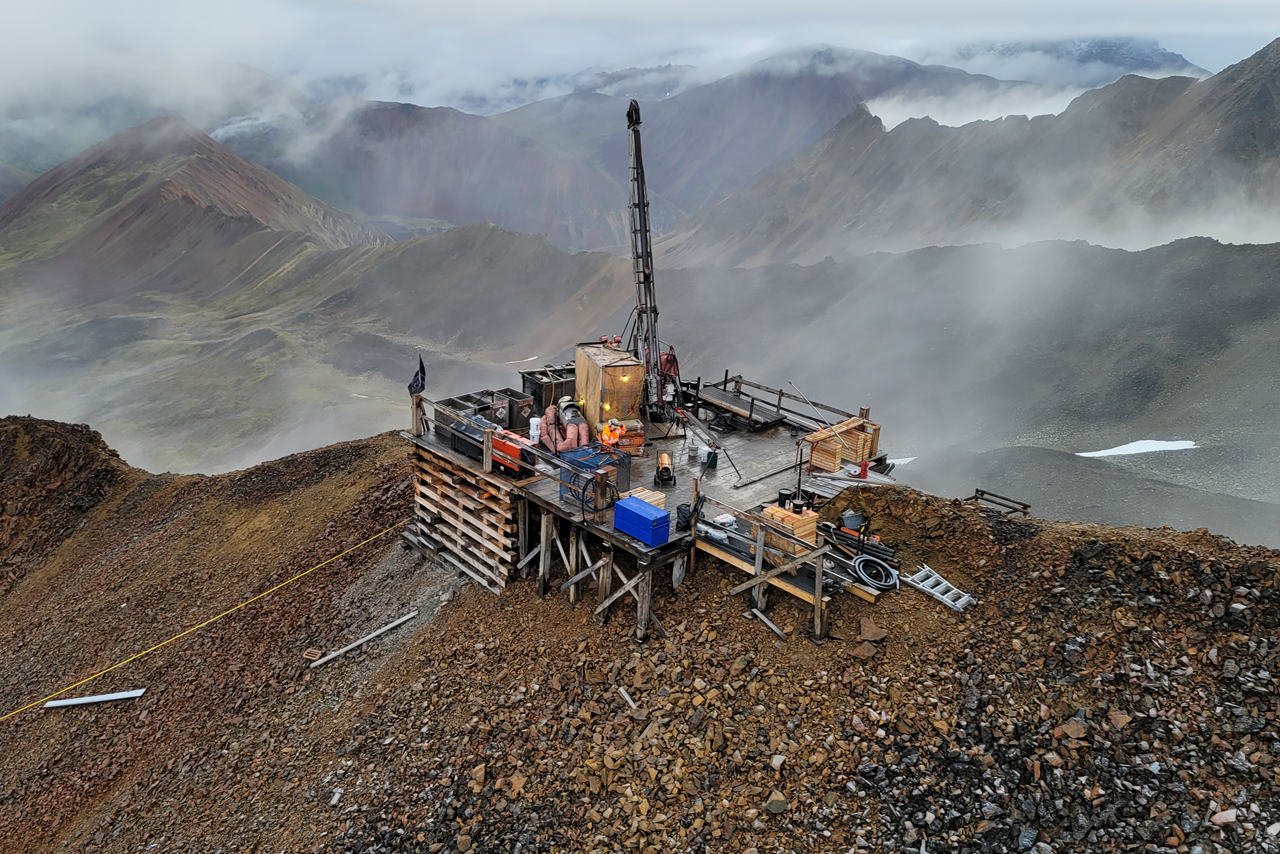To reach such a conclusion, the group conducted fieldwork at Regência in Espírito Santo state, on the mouth of the Doce River near the border with Minas Gerais. The area was flooded by some of the tailings released into the environment when the Fundão iron mine tailings dam in Mariana collapsed.
On November 5th, 2015, the Fundão dam, owned by Samarco – controlled by Vale and BHP – burst, releasing 50 million cubic meters of tailings waste in the Rio Doce Basin. It was the biggest environmental disaster ever in Brazil.
Forty-one towns in Minas Gerais and Espírito Santo were affected when the dam burst and 19 people died. The toxic waste is estimated to have contaminated 240.8 hectares of Atlantic Rainforest and killed 14 metric tons of fish.
In the area, the São Paulo Research Foundation scientists analyzed the role of T. domingensis – which averages about 2.5 m in height and has coffee-coloured flower spikes – and Hibiscus tiliaceus – often called beach hibiscus, a 4-10 m tree with yellow flowers – in the biogeochemistry of iron and their potential involvement in phytoremediation.
“Our study concluded that T. domingensis was more efficient than H. tiliaceus because its root system has far greater acidification capacity, and also because it accumulates more iron in the aerial portions. This is an important finding for future phytoremediation strategies,” Tiago Osório Ferreira, co-author of the article, said in a media statement. “Iron accumulation by T. domingensis and its remediation potential is good news. Besides accumulating more iron in the aerial portions and being easier to manage, it’s also preferable to H. tiliaceus because it grows faster.”
Southern cattail’s efficiency
To adapt to a flooded environment, a plant must oxygenate its root system, responsible for anchorage as well as ingestion of water and mineral salts. It does so by capturing oxygen from the atmosphere via its aerial portion and transferring the oxygen to the roots via porous tissue called aerenchyma. When the oxygen comes into contact with iron, it oxidizes and forms iron plaque on the roots, creating a barrier.
T. domingensis has a large system of roots and aerenchyma, which means that oxygenation and iron plaque are also substantial. The researchers measured 3,874 milligrams of iron per kilo of dry matter in the plant, 10 times higher than in H. tiliaceus.
Given these findings, Ferreira and his team continue to work in the area under the leadership of the study’s first author Amanda Duim Ferreira, they are looking at ways to increase cattail biomass production and the amount of metal absorbed by the plant.
The strategy combines the use of organic acids and iron-reducing bacteria with agronomic practices such as ideal harvesting frequency, planting density and fertilization with the aim of reducing the time taken to achieve phytoremediation.




